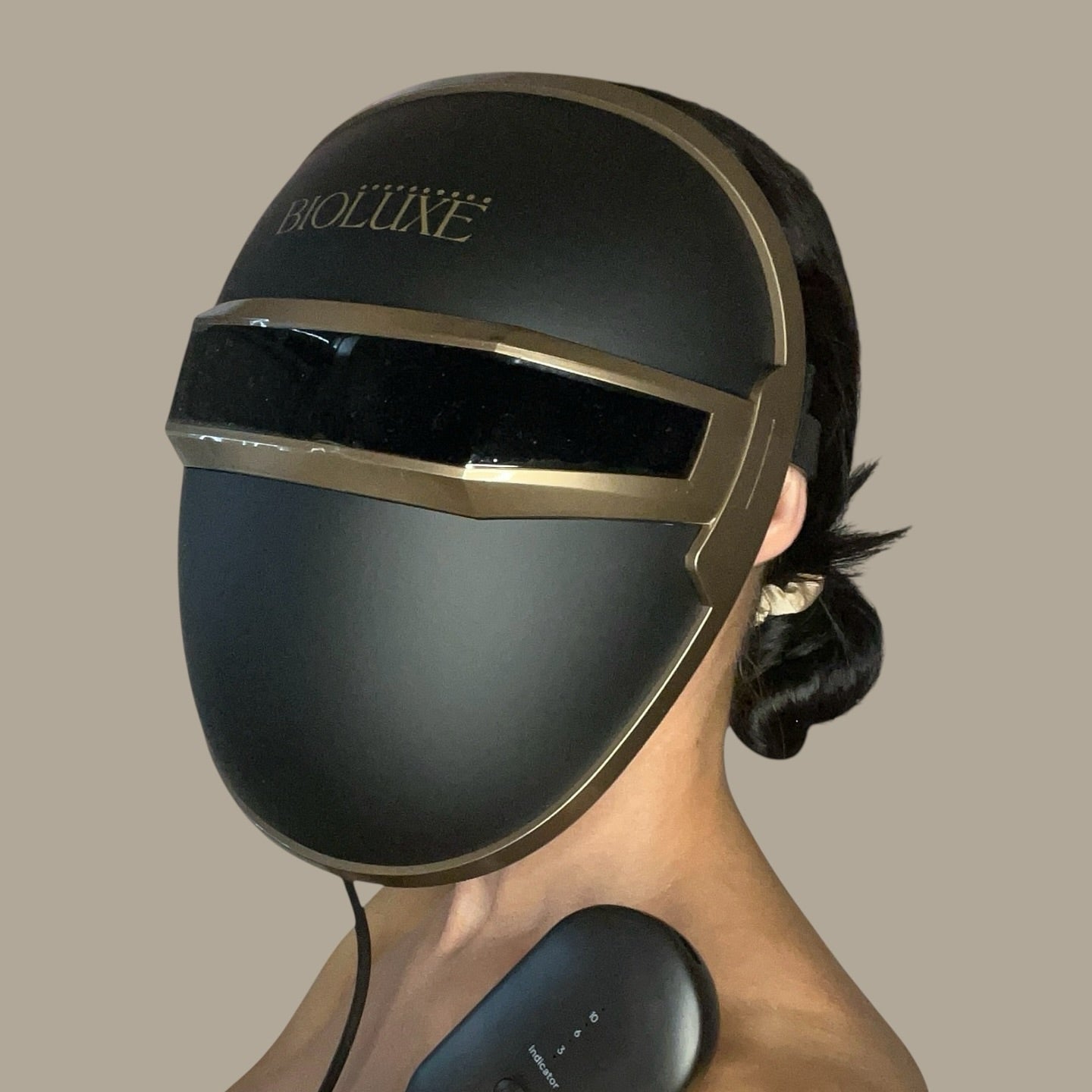Red light therapy (RLT) has surged in popularity over the past decade as a non-invasive, natural way to enhance skin health, reduce pain, and support overall wellness. But what exactly is red light therapy, and why are so many people incorporating it into their daily routines? In this comprehensive guide, we’ll explore the top red light therapy benefits, backed by scientific research and expert insights, helping you understand how this innovative treatment can transform your skin and health. shop now : www.bioluxeuk.com
What Is Red Light Therapy?
Red light therapy is a treatment that uses low-level wavelengths of red and near-infrared light to penetrate the skin and stimulate cellular activity. Unlike ultraviolet (UV) light from the sun, which can damage skin cells, red light therapy promotes healing and rejuvenation by encouraging the production of energy within cells, boosting the skin’s natural repair processes.
Typically, red light devices emit light in the wavelength range of 630–660 nanometers (nm) for red light and 800–880 nm for near-infrared light. These wavelengths penetrate different layers of skin and tissues to trigger biological effects.
Top Red Light Therapy Benefits Backed by Science
1. Reduces Wrinkles and Fine Lines (Anti-Aging)
One of the most celebrated benefits of red light therapy is its ability to reduce signs of aging. Studies have shown that red light therapy stimulates fibroblast cells to increase collagen and elastin production—two key proteins responsible for skin firmness and elasticity (source).
Collagen helps plump the skin, smoothing out wrinkles and fine lines, while elastin gives skin its bounce-back ability. Regular use of red light therapy can lead to visibly smoother, tighter skin, making it a popular treatment for anti-aging.
Promotes Wound Healing and Tissue Repair
Red light therapy accelerates tissue repair by increasing blood flow and reducing inflammation. This makes it effective for treating wounds, scars, burns, and other skin injuries. Research published in the Journal of Clinical and Aesthetic Dermatology demonstrates that red light can stimulate faster healing and reduce pain in damaged tissues (source).
Improves Acne and Reduces Inflammation
Blue light is traditionally used for acne treatment, but red light therapy can also help by reducing inflammation and promoting skin repair. RLT reduces the size of sebaceous glands, which decreases oil production, and helps calm irritated skin (source).
ow to Use Red Light Therapy at Home
Advances in technology now allow for effective red light therapy at home using devices such as LED masks, panels, or handheld wands. When using an at-home device:
-
Choose a device with wavelengths between 630–660 nm (red) and/or 800–880 nm (near-infrared).
-
Use sessions of 10 minutes, 3–5 times per week for best results.
-
Maintain a distance of 6–12 inches between the device and skin.
-
Follow manufacturer instructions carefully to ensure safety.
ombining Red Light Therapy with Your Skincare Routine
For enhanced anti-aging effects, combine red light therapy with collagen-boosting serums containing vitamin C, peptides, or hyaluronic acid. This synergistic approach supports skin regeneration and hydration.
Potential Side Effects and Safety
Red light therapy is generally considered safe with minimal side effects. Mild redness or irritation may occur but usually resolves quickly. People with photosensitive conditions or on certain medications should consult a healthcare provider before use.
Final Thoughts
Red light therapy offers a versatile, scientifically supported way to improve skin health, reduce pain, and enhance overall wellness. Whether you’re targeting wrinkles, acne, muscle recovery, or hair growth, incorporating red light therapy into your routine can deliver noticeable, long-lasting benefits.
For a convenient, at-home solution, consider professional-grade devices like the Bioluxe 8‑Colour + Near‑Infrared LED Mask, which combines multiple wavelengths for comprehensive skin and wellness care.




Leave a comment
This site is protected by hCaptcha and the hCaptcha Privacy Policy and Terms of Service apply.